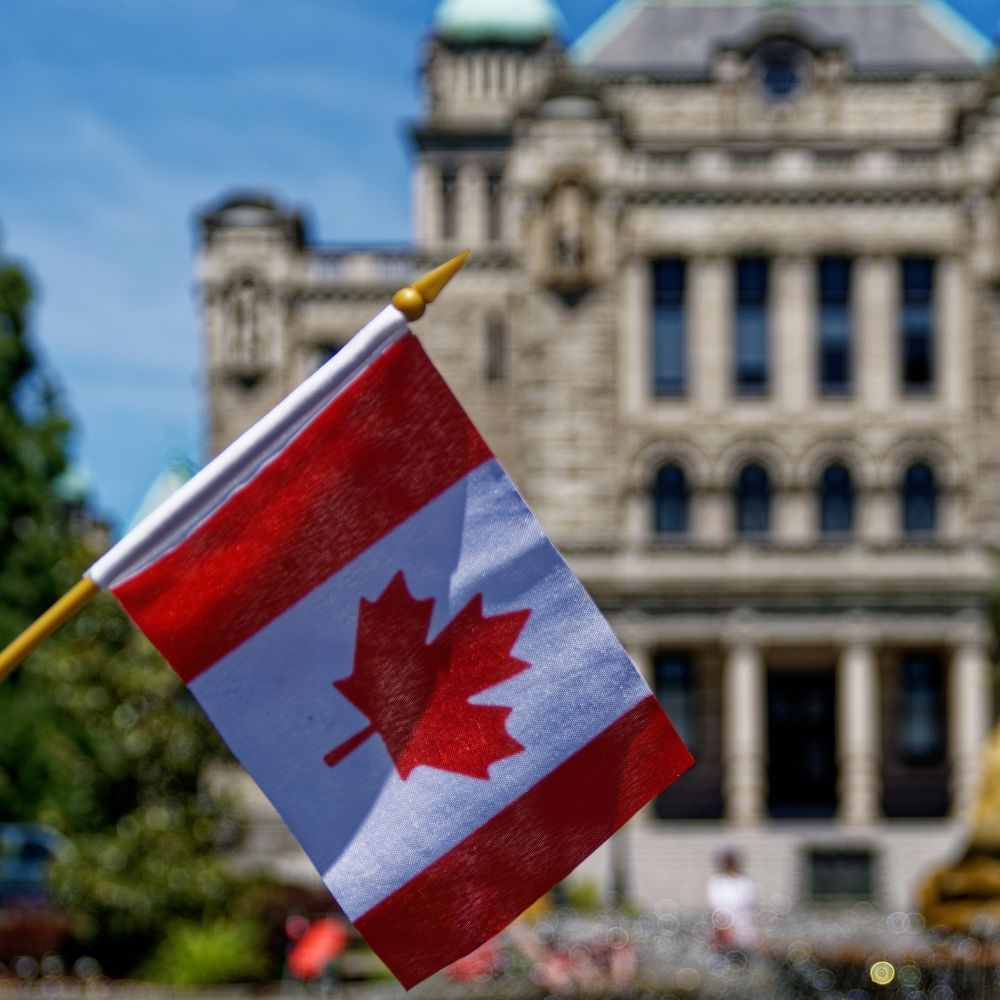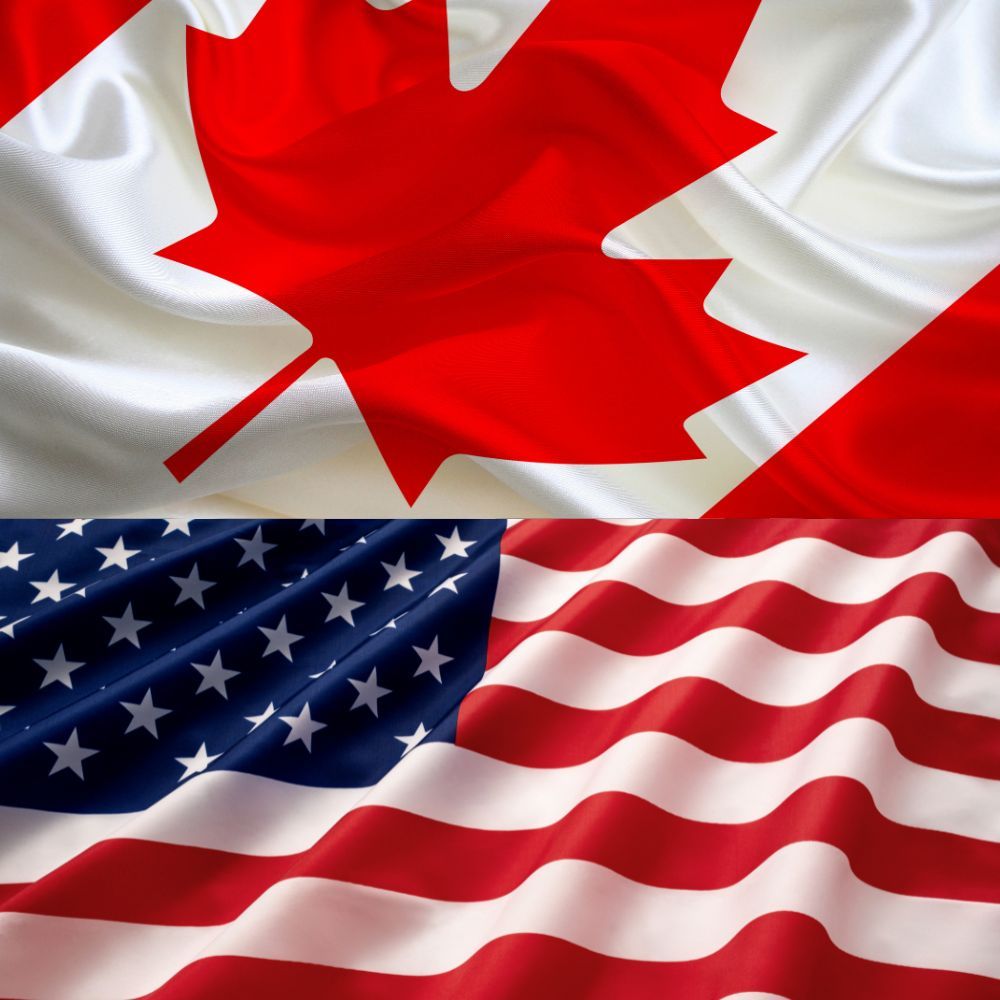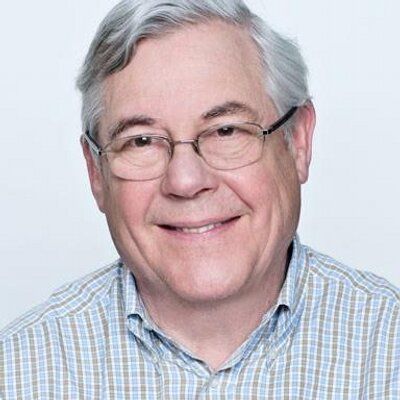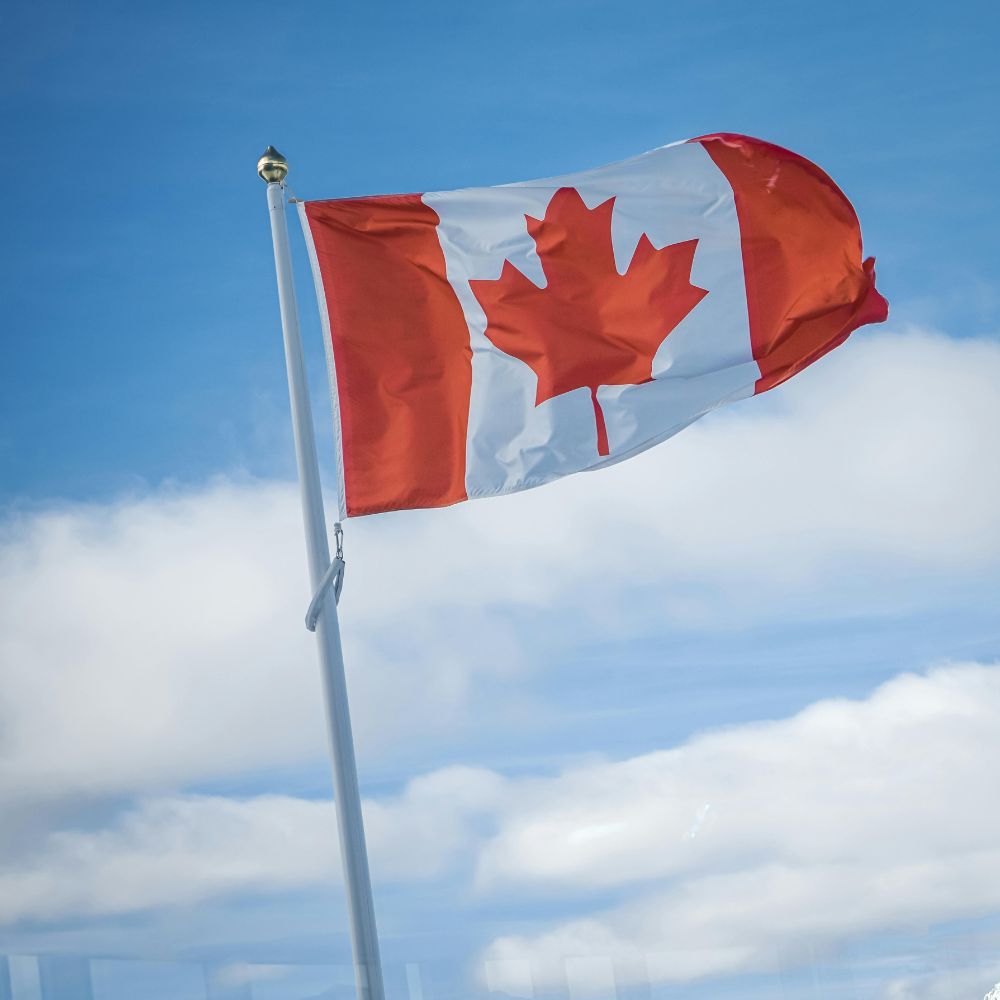Chinese Election Interference Story Shows Enduring Power of the Press
Recently the entire nation became seized by the threat of the organized interference in our elections by the Chinese government. It’s time to recognize that this frightening issue was put on the map last month by the work of two journalists from the Globe and Mail, namely veteran reporters Robert Fife and Steven Chase. Much earlier, in November 2022, Sam Cooper of Global news revealed many of the same details of Chinese election interference from CSIS sources and said that the PMO had been briefed.
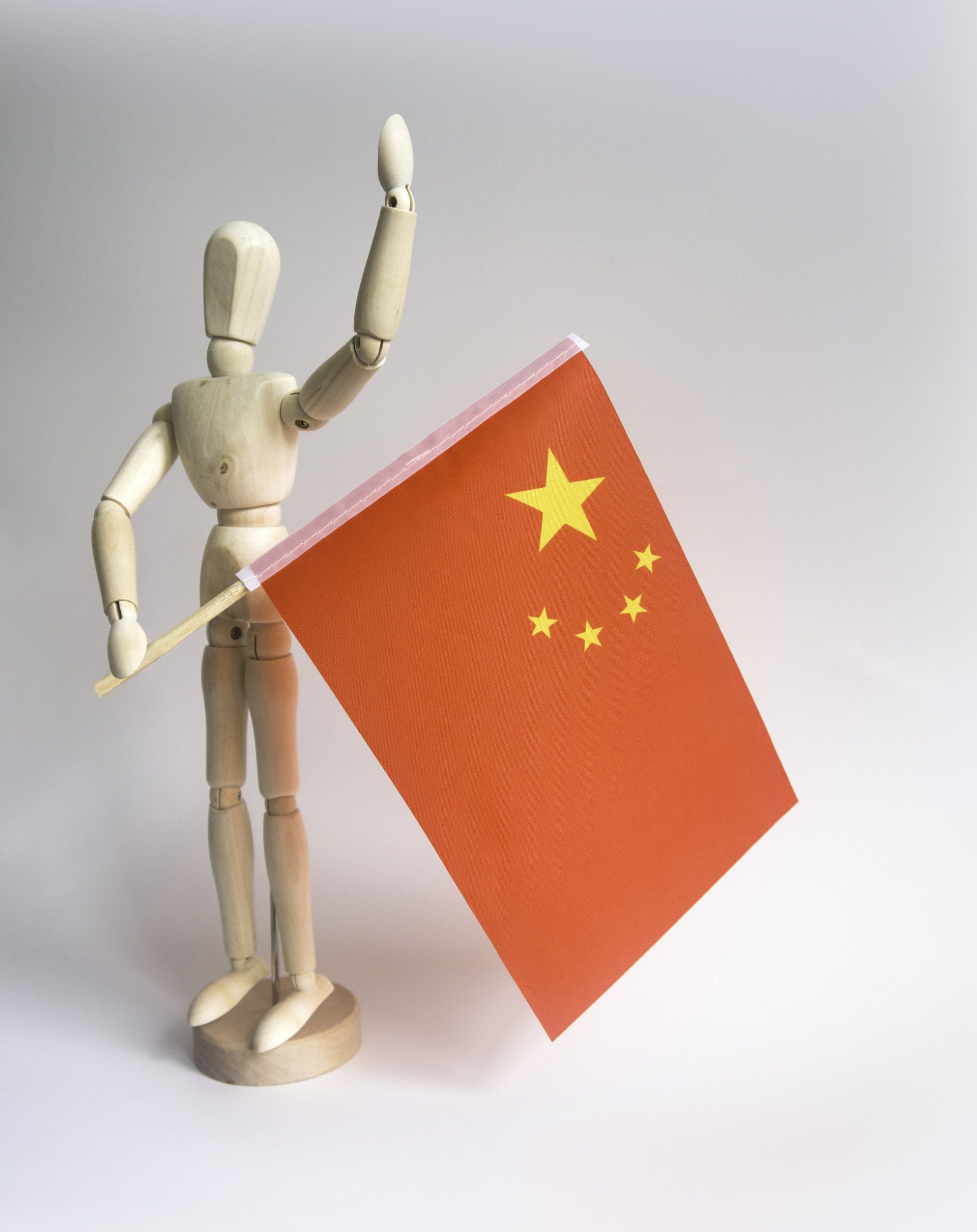
Both were able to tap into unnamed sources in the national security establishment and were given access to secret documents which detailed the Chinese government's sophisticated attempts to sway voters in several ridings towards Liberal candidates seen as more friendly to China.
This is the playing out of an ongoing story of Chinese covert actions against Canada and Chinese Canadians. In November 2022 CP reported that RCMP is investigating reports of criminal activity related to so-called Chinese “police” stations in Canada after a human rights group reported China is operating more than 50 such venues overseas, including three in the Greater Toronto Area. The RCMP has concluded its investigation and the “stations” have closed. As far back as October 2022 Seven Chase warned about -these “police” stations in Canada. He elaborated that “a Spain-based human rights group Safeguard Defenders alleged three of China’s more than 50 overseas police stations are operating in Toronto.” He quoted Akshay Singh, a research associate for the University of Ottawa’s Centre for International Policy Studies, who said the U.S. indictment documents showing China successfully forced someone to leave Canada and return to China. “This is clearly foreign interference. We’re talking about a foreign government threatening somebody based in Canada.”
Last November the PM gave a fulsome answer about Chinese activities in Canada in the House: “We’ve known for many years that there are consistent engagements by representatives of the Chinese government into Canadian communities, with local media reports of illicit Chinese police stations. These are all things that we continue to be concerned about, that our officials stay active on and that we will continue to be vigilant around to keep Canadians safe.” Good intentions but little evidence of action.
Unfortunately when the media released more detailed accounts of Chinese attempts to influence election activities during the 2019 and 2021 campaigns including about CSIS warning Trudeau about Toronto-area politician’s alleged ties to Chinese diplomats his stock reply was no more revealing. It highlighted a denial that overall election results were affected. Nor was the testimony of his security advisor Jody Thomas at a parliamentary Committee when she simply said that the real issue was the “unlawful sharing of information” from CSIS which “is a real threat to national security “ - a talking point used by the PM determined to find out who talked to the press in the first place. CSIS is now fully investigating. There is a vacuum of information beyond what the Globe reported with “national security” the reason no government sources would speak to the details of the story.
One former Conservative BC MP Kenny Chiu who had presented a bill before the last election proposing a registry for foreign governments, an idea by no means dead, found himself the target of unrelenting Chinese media attack and seemingly organized social media hate. In television interviews he has told of voters being threatened if they did not vote against him. Other Chinese candidates have denied interference. The story keeps getting fed.
Denying media stories that embarrass the government usually backfires. Four years ago in February 2019, after the same Bob Fife broke the Judy Wilson Raybould SNC Lavalin story we got similar denials and attempts to redefine the issue: Reports said Prime Minister Justin Trudeau denied wrongdoing after he tried to shield one of the country's biggest firms from a corruption trial. He said any lobbying by him or his inner circle for engineering giant SNC-Lavalin was done to protect jobs. We know how that ended.
In the current case, Turns out the media have done such a good job exposing the horrors of the autocratic Xi regimen from genocide against minorities to the squashing of democracy in Hong to the detention of the two Michaels, that a recent Angus Reid poll found two-in-three Canadians believe Beijing did attempt election interference, Other findings: Seven-in-ten (69%) Canadians believe “the federal government is afraid to stand up to China.” And playing into a PM talking point trying to give a Trump-like gloss to opposition demands, one-quarter (23%) of Canadians believe the 2021 federal election was “’stolen’ because of Chinese interference.” Even this level of breakdown of trust in our democracy is very worrying.
The national media will fill the ongoing vacuum of real information. This pot will boil until we have a reliable nonpartisan probing of what the true facts are. The media will continue to set this disturbing national agenda. The government will not be able to get ahead of the story and our public's trust in our democracy may continue to seep away. But, we can continue to celebrate our good old traditional print (and in this case TV – ie Global) journalists who put out the breaking news that matters.
Patrick Gossage Insider Political Views
